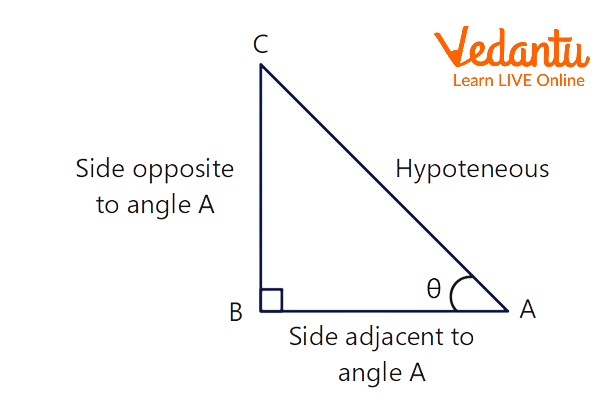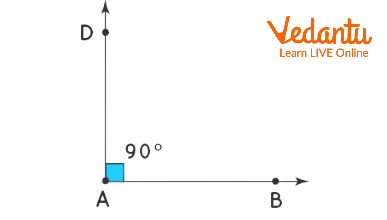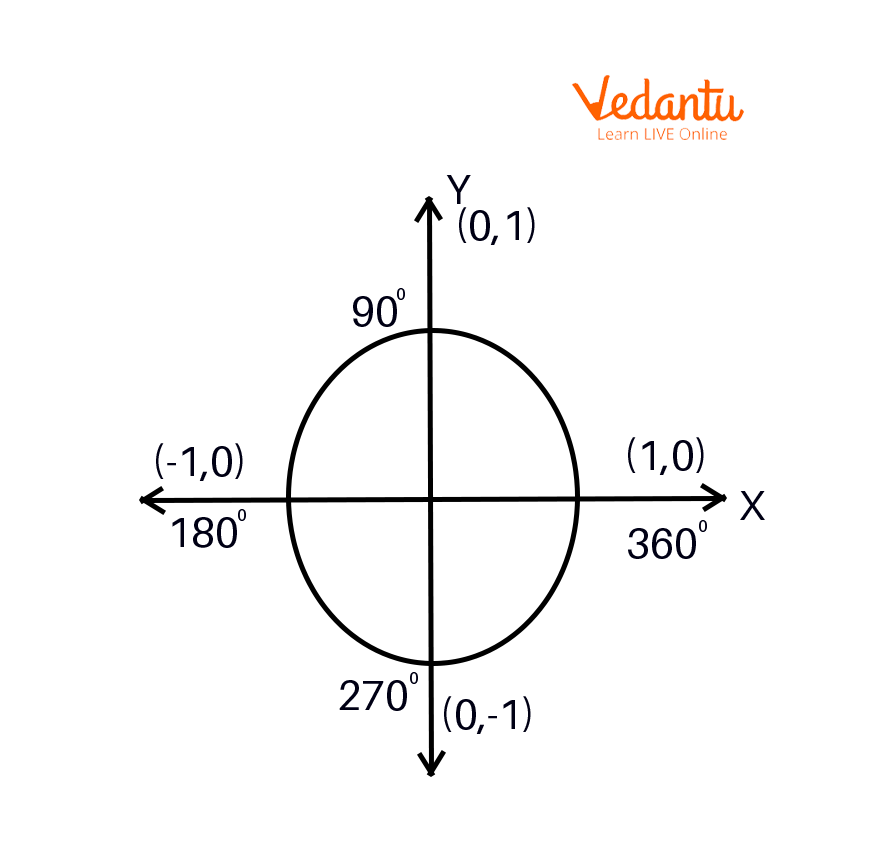




Tan 90 Degrees: An Introduction
One of the fundamental trigonometric functions and one that is quite frequently employed in trigonometry is the tangent. The ratio of the sine and cosine functions can be used to define the tangent function. The ratio of the perpendicular to the base of the triangle serves as the formula for the tangent function in a right-angled triangle. It can alternatively be written as the cotangent function reciprocal. In this article, we are going to study the Tan
Tan Definition
The most significant trigonometric function after Sin and Cos is Tan. The opposing side's length divided by the adjacent side's length is the angle's tan function. It is simple to determine the values of these tangent functions using a right-angled triangle. In a right-angled triangle, the side that forms a side of both the angle of intersection and the right angle is known as the adjacent side. In contrast, the side that forms the opposite of the angle of intersection is known as the opposite side and the hypotenuse side is known as the hypotenuse side. Tan gives the slopes of straight lines, for example: the straight line drawn in the x-y coordinate plane. The Tangent can also be represented as tan.

Tangent Function
Tan Formula
For a given right-angled triangle, Tan is defined as the ratio of the opposite side and the adjacent side,
such as
To prove this we have,
We can also write,
As,
So, using these in the tangent formula, we get
Thus, we can get the values of tan ratio for the specific angles

Right-angled Triangle
In Triangle we can find the tan value by dividing the opposite and adjacent sides of the triangle where
Therefore, tan formulas are
90-Degrees Angle
An angle of
Example: The hands of a clock at 3 o’clock and at 12 o’clock.
The four angles of simple geometries like squares and rectangles are always at

90-Degree Angle
What is Tan 90
For tan
Methods to Find Tan 90 Degrees Exact Value
There are two methods to find the tan value, namely
Using Unit circle
Using Trigonometric functions
Using Unit Circle
To find the value of tan

Unit circle
First we need to rotate ‘
Therefore the value of
Using Trigonometric Functions
The tangent function is one of the six primary functions in Trigonometry. The tangent formula is given as tan A
Tan
Example:
Whereas
Then by using cot function, we can define tan
We can use Trigonometric identities to represent tan 90 degrees as
Similarly, we can define tan
Since the
Interesting Facts
The word tangent comes from the name tangerine, is “to touch”.
Babylonians invented the measurement of the angle.
The Mesopotamians passed their base-60 numerical system to the ancient Egyptians, who used it to divide the circle into
Solved Examples
1. What is the value of tan 90 degrees using the functions sin
Solution:
We know that
Substituting the values of sine
2. Find the value of tan
Solution:
We know that
3. What is the value of tan 90 degrees by using cot
Solution:
We know that
Tan 90 degree
Where,
Then tan 90 degree
4. Find tan A with the opposite side
Solution:
We know that
Tan A
Tan A
Tan A
Summary
The tangent of the angle is the trigonometric ratio between the adjacent and opposite sides of a right triangle containing that angle. The value of Tan 90 degrees always lies on the positive y-axis, so it is undefined. We also talked about ways to find tan values for any given angle and sides.
Practice Questions
1. Find the Value of Tan B where the opposite side and adjacent side of the functions are 3 and 6.
2. Find the value of Tan 45 degrees by using the function cot 45 degrees.
3. Find the value of Tan 60 degrees by using the function sin
Answers:
1.
2.
3.
FAQs on Value of Tan 90 Degrees
1. When does tan equal zero?
The tan equals zero at 0 degrees and 180 degrees.
2. How does the tangent can be represented in trigonometry?
Tangent can be represented as tan.
3. Where does the tan is positive?
All trigonometric functions are positive in the first quadrant, and tangent functions are positive in the third quadrant. Hence, the Tan is positive in both the first and third quadrants.
4. What does tangent angle mean?
The ratio of the length of the side opposite from an acute angle























